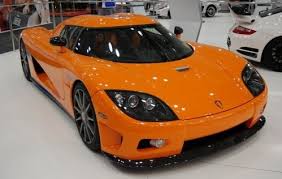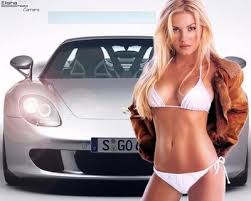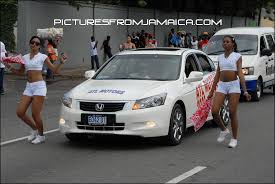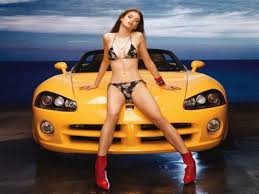2010 Volkswagen Passat facelifted
The B6 Passat was heavily facelifted by Klaus Bischoff and Walter de Silva, and was unveiled at the Paris Motor Show in September 2010 and although designated "B7" the car is not an all-new model.
The facelift resulted in every external body panel being changed, except for the roof and glasshouse, with the most prominent change being to the grille and headights, which mirror the style first shown on the Mk3 Scirocco. The height and width dimensions are unchanged from the B6 Passat, while length increases by 4 mm. New features include a fatigue detections system and an automatic “city emergency braking” system.
It should arrive at dealerships in mid-November 2010.
The interior featured minor detail changes from the B6, although the basic dashboard design remain unchanged.
A long-wheelbase version of the Passat will be built in China by FAW-VW in 2011.
2010 Volkswagen Passat

2010 Volkswagen Passat

2010 Volkswagen Passat

2010 Volkswagen Passat

2010 Volkswagen Passat

2010 Volkswagen Passat

2010 Volkswagen Passat

2010 Volkswagen Passat

2010 Volkswagen Passat

2010 Volkswagen Passat

2010 Volkswagen Passat

2010 Volkswagen Passat

2010 Volkswagen Passat

2010 Volkswagen Passat

2010 Volkswagen Passat
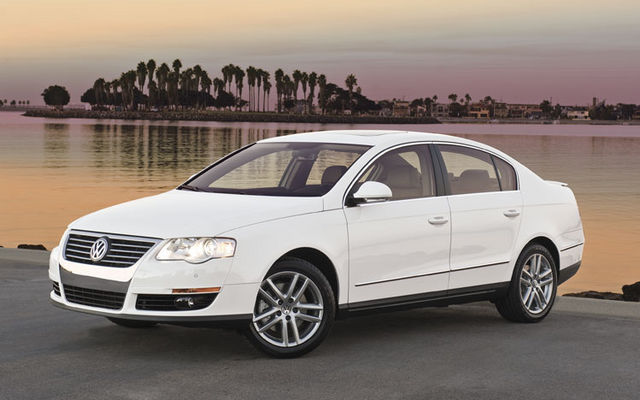
All Review videos and more of:• Infiniti• Mitsubishi• Aston Martin• Isuzu• Nissan• Audi• Jaguar • Pontiac• Bentley• Jeep• Porsche• BMW• Kia• Rolls Royce• Buick• Lamborghini• Saab• Cadillac• Land Rover• Saturn• Chevrolet• Lexus• Scion• Chrysler• Lincoln• Smart• Dodge• Lotus• Subaru• Ferrari• Maserati• Suzuki• Ford• Maybach• Tesla• GMC• Mazda• Toyota• Honda• Mercedes-Benz• Volkswagen• HUMMER• Mercury• Volvo• Hyundai• MINI.and MORE....
The facelift resulted in every external body panel being changed, except for the roof and glasshouse, with the most prominent change being to the grille and headights, which mirror the style first shown on the Mk3 Scirocco. The height and width dimensions are unchanged from the B6 Passat, while length increases by 4 mm. New features include a fatigue detections system and an automatic “city emergency braking” system.
It should arrive at dealerships in mid-November 2010.
The interior featured minor detail changes from the B6, although the basic dashboard design remain unchanged.
A long-wheelbase version of the Passat will be built in China by FAW-VW in 2011.
2010 Volkswagen Passat

2010 Volkswagen Passat

2010 Volkswagen Passat

2010 Volkswagen Passat

2010 Volkswagen Passat

2010 Volkswagen Passat

2010 Volkswagen Passat

2010 Volkswagen Passat

2010 Volkswagen Passat

2010 Volkswagen Passat

2010 Volkswagen Passat

2010 Volkswagen Passat
2010 Volkswagen Passat

2010 Volkswagen Passat

2010 Volkswagen Passat

All Review videos and more of:• Infiniti• Mitsubishi• Aston Martin• Isuzu• Nissan• Audi• Jaguar • Pontiac• Bentley• Jeep• Porsche• BMW• Kia• Rolls Royce• Buick• Lamborghini• Saab• Cadillac• Land Rover• Saturn• Chevrolet• Lexus• Scion• Chrysler• Lincoln• Smart• Dodge• Lotus• Subaru• Ferrari• Maserati• Suzuki• Ford• Maybach• Tesla• GMC• Mazda• Toyota• Honda• Mercedes-Benz• Volkswagen• HUMMER• Mercury• Volvo• Hyundai• MINI.and MORE....
Ducati


In 1926, Adriano and Marcello Ducati founded a company that specialised not in motorcycles, but the production of radio components. During the war years, they turned their attention toward electronic military equipment. This move made their factory a target for allied bombing, but despite frequent, serious damage, they managed to remain in production. In 1950, Ducati launched their first motorcycle, which was based on the already well established Cucciolo engine. This power unit, designed by Aldo Farinelli, was originally created as a strap on motor for push bikes. By the time Ducati adopted it, 200,000 units had been produced. This first creation by Ducati was capable of 40mph and 200 mpg and weighed in at 98 pounds. These bikes were badged as 55M or 65TL.
Post-war economic growth put more money in Italians' pockets and with it the need for something more sophisticated, so at the Milan Show of 1952, the company introduced the 65TS and the cruiser, which was the first four-stroke scooter in the world. Unfortunately, the public didn't embrace the idea as Ducati had hoped, and the model was withdrawn the following year with sales barely reaching the 2,000 mark. At this time, Ducati were still making electronic equipment, so the decision was made to split the company and Ducati Elettronica SpA was created under separate management.
Ducati Meccanica SpA, led by Dr Guiseppe Montano, became the motorcycle manufacturing company that we know today, and by 1954 were turning out 120 units per day as the factory was modernized with government aid. Although Montano was appointed by the government, he was a genuine motorcycle lover and realised the potential of racing to induce customers to buy his machines. By 1956, the Desmo Ducati 125 won its first race in Sweden. The Grand Prix at Hedemora saw the Ducati lap every other motorcycle. Sadly, the man who achieved this feat, Gianni Degli Antoni, died during practice for the following race. This unfortunate accident hit Ducati hard, and it wasn't until 1958 that they could once again challenge MV Agusta.
As the 50's drew to a close, the Berliner Brothers picked up the American franchise and pushed Ducati to the forefront in the USA. With no little flair, they began punching above their weight and mounted a serious challenge to the wave of Japanese machines that were coming into the country. At this time, the company was also enjoying success in other export markets as well as at home. In the mid sixties, Ducati became the Italian outlet of Standard-Triumph cars and Leyland vans and trucks. It seemed as if they could do no wrong, but the American market was about to give them a reminder of the fragility of success. Ducati insisted on pushing their 50cc two-strokes on the American public. Although these machines had accrued many sales in Italy, the contrary was true of the USA, as the nation snubbed what were in fact very good machines. Rather than heed the warning, the company pressed ahead and created a 100cc two-stroke, when they really should have been developing their much loved sporting four-strokes. Berliner suffered to such an extent, that they refused one shipment of bikes because they didn't have the money to pay them, even if they could have sold them in the States.
As Ducati struggled to compete with the mass produced Japanese motorcycles, the future looked gloomy, but once again they turned to their racing roots, creating 750's which took first and second places at Imola in 1972. A major coup for the company was the securing of the services of rider, Paul Smart, who was at that time racing for Kawasaki. The story goes that he wasn't at home when the call came, but the financial lure was so strong that his wife accepted the offer on his behalf. Success at Imola sparked the beginning of the love affair between big racing bikes and Ducati.
Today, Ducati riders are some of the most loyal when it comes to brand allegiance. Their reward is to be the owner of one of one most strikingly beautiful machines available. The company has achieved success by following its racing roots. At the company's headquarters, you can visit the museum and re-live over 50 years of racing history.
Jaguars


The Jaguar is the third largest "big cat" species in the world, only the tiger and the lion are larger. The size of a jaguar depends on the region it lives. Geographical barriers such as the Amazon river keep certain gene pools from mixing. Jaguars in Central America tend to be smaller then ones in Brazil.
The geographic range of jaguars stretches over 19 countries from northern Mexico to Northern Argentina. Jaguars are almost extinct in the United States. The only known population of jaguars in the United States lives south of Tucson Arizona. Before the 1900's jaguars in the United States ranged from mid-Louisiana to the Pacific Ocean and as far north as Phoenix Arizona.
Jaguars are strictly carnivorous and can only eat meat. Scientific research shows that there are over 80 species of animals that a jaguar will prey on. Jaguars usually will kill only animals that are under 700 pounds but, is capable of killing an animal as heavy as 800 pounds. However, a jaguar may only eat about 55 to 65 pounds of meat in a single sitting, starting with its' preys chest and neck areas.
Deep in the rainforest is the preferred habitat for the jaguar. However, the terrain a jaguar can be found in, ranges from heavily forested to open grassland. Jaguars love being around water and is noted, along with the tiger, as one of few feline species that enjoys swimming.
One difference that jaguars have compared to other "big cat" species is that jaguars will very rarely attack a human being. Most cases where a jaguar has been reported to have attacked a human means that the animal was probably weak, so a human was the easiest prey option and that person was in the wrong place at the wrong time.
If you ever happen upon a jaguar in the wild, or if one ever approaches: STAND STILL! And, this one goes against most people's instinct to turn and run, however, you should NEVER turn your back on a jaguar! Please, make sure you stay safe when walking in jaguar territory and NEVER go alone into an area that is known to be inhabited by jaguar. ~Anthony Benjamin~
2011 Hyundai Sonata Hybrid
The 2011 Hyundai Sonata Hybrid sales will begin by the end of 2010. The Sonata Hybrid drivetrain combines a 2.4-liter engine with six-speed automatic transmission, and a 30kW electric motor and lightweight lithium polymer batteries to produce a full gasoline-electric hybrid with 37 miles per US gallon (6.4 L/100 km; 44 mpg-imp) in the city and 39 miles per US gallon (6.0 L/100 km; 47 mpg-imp) on the highway. This powertrain will be share by the 2011 Kia Optima Hybrid
2011 Hyundai Sonata

2011 Hyundai Sonata

2011 Hyundai Sonata

2011 Hyundai Sonata

2011 Hyundai Sonata
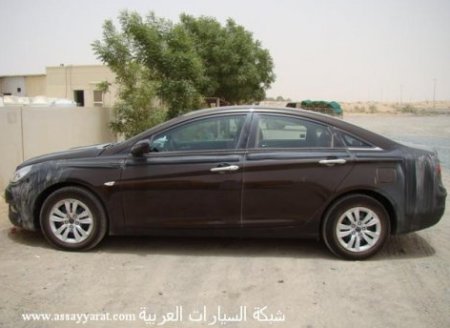
2011 Hyundai Sonata
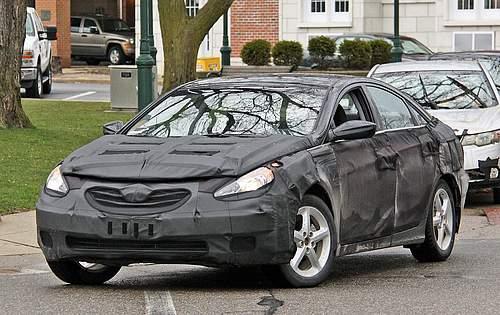
2011 Hyundai Sonata

2011 Hyundai Sonata
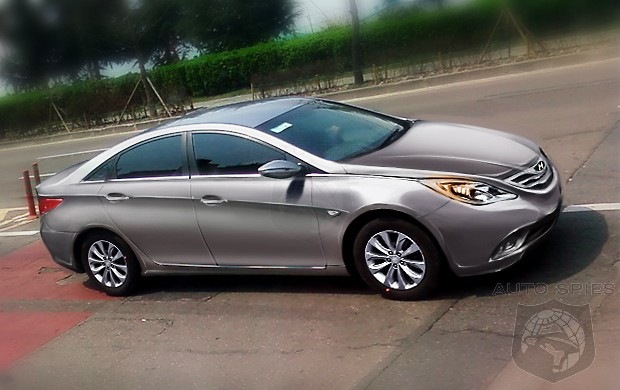
2011 Hyundai Sonata

2011 Hyundai Sonata

2011 Hyundai Sonata

2011 Hyundai Sonata

2011 Hyundai Sonata

All Review videos and more of:• Infiniti• Mitsubishi• Aston Martin• Isuzu• Nissan• Audi• Jaguar • Pontiac• Bentley• Jeep• Porsche• BMW• Kia• Rolls Royce• Buick• Lamborghini• Saab• Cadillac• Land Rover• Saturn• Chevrolet• Lexus• Scion• Chrysler• Lincoln• Smart• Dodge• Lotus• Subaru• Ferrari• Maserati• Suzuki• Ford• Maybach• Tesla• GMC• Mazda• Toyota• Honda• Mercedes-Benz• Volkswagen• HUMMER• Mercury• Volvo• Hyundai• MINI.and MORE....
2011 Hyundai Sonata

2011 Hyundai Sonata

2011 Hyundai Sonata

2011 Hyundai Sonata

2011 Hyundai Sonata

2011 Hyundai Sonata

2011 Hyundai Sonata

2011 Hyundai Sonata

2011 Hyundai Sonata

2011 Hyundai Sonata

2011 Hyundai Sonata

2011 Hyundai Sonata

2011 Hyundai Sonata

All Review videos and more of:• Infiniti• Mitsubishi• Aston Martin• Isuzu• Nissan• Audi• Jaguar • Pontiac• Bentley• Jeep• Porsche• BMW• Kia• Rolls Royce• Buick• Lamborghini• Saab• Cadillac• Land Rover• Saturn• Chevrolet• Lexus• Scion• Chrysler• Lincoln• Smart• Dodge• Lotus• Subaru• Ferrari• Maserati• Suzuki• Ford• Maybach• Tesla• GMC• Mazda• Toyota• Honda• Mercedes-Benz• Volkswagen• HUMMER• Mercury• Volvo• Hyundai• MINI.and MORE....
2010 Volkswagen Golf popular car
The Golf has been very popular with British buyers since its introduction in 1974. By March 2009, nearly 1,500,000 had been sold in Britain, making it the eighth most popular car ever sold there .
Upon the release of the Mk1 Golf in the mid 1970s in Australia, interest from prospective buyers was much higher than anticipated and most had to be placed on a waiting list. Some Golfs were shipped whole, whilst others were shipped in separate parts, which were then assembled in Australia at the VW Clayton plant in Melbourne. Buyers who requested certain colours such as red, had to wait longer until their colour was shipped. Some of these buyers chose to take a different colour temporarily until their requested colour became available, some waiting for their colour for up to 12 months.
2010 Volkswagen Golf

2010 Volkswagen Golf

2010 Volkswagen Golf

2010 Volkswagen Golf

2010 Volkswagen Golf

2010 Volkswagen Golf
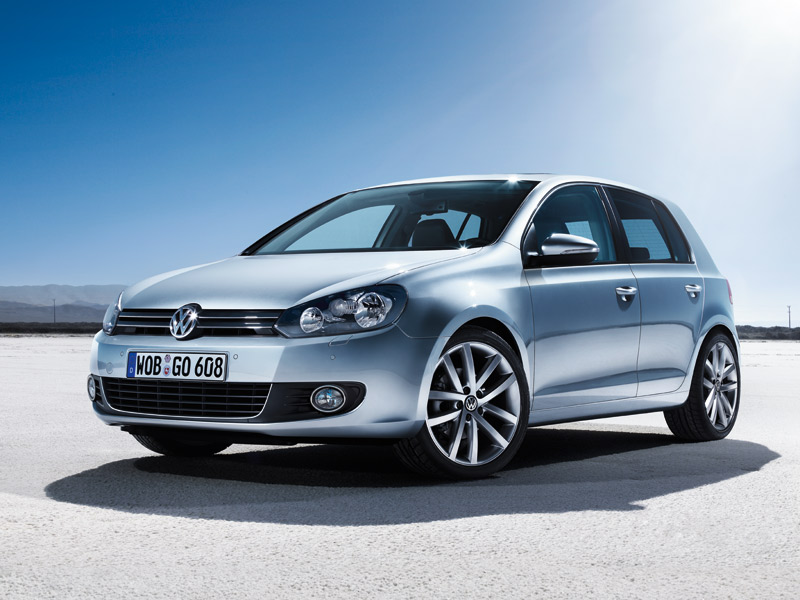
2010 Volkswagen Golf

2010 Volkswagen Golf
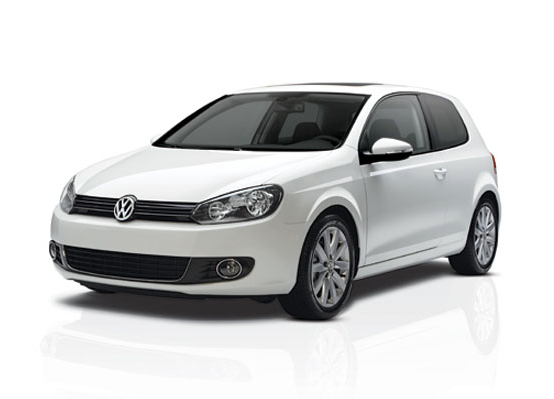
2010 Volkswagen Golf

2010 Volkswagen Golf

2010 Volkswagen Golf
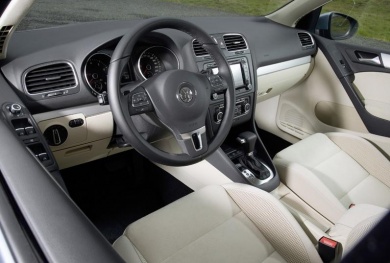
2010 Volkswagen Golf

2010 Volkswagen Golf

All Review videos and more of:• Infiniti• Mitsubishi• Aston Martin• Isuzu• Nissan• Audi• Jaguar • Pontiac• Bentley• Jeep• Porsche• BMW• Kia• Rolls Royce• Buick• Lamborghini• Saab• Cadillac• Land Rover• Saturn• Chevrolet• Lexus• Scion• Chrysler• Lincoln• Smart• Dodge• Lotus• Subaru• Ferrari• Maserati• Suzuki• Ford• Maybach• Tesla• GMC• Mazda• Toyota• Honda• Mercedes-Benz• Volkswagen• HUMMER• Mercury• Volvo• Hyundai• MINI.and MORE....
Upon the release of the Mk1 Golf in the mid 1970s in Australia, interest from prospective buyers was much higher than anticipated and most had to be placed on a waiting list. Some Golfs were shipped whole, whilst others were shipped in separate parts, which were then assembled in Australia at the VW Clayton plant in Melbourne. Buyers who requested certain colours such as red, had to wait longer until their colour was shipped. Some of these buyers chose to take a different colour temporarily until their requested colour became available, some waiting for their colour for up to 12 months.
2010 Volkswagen Golf

2010 Volkswagen Golf

2010 Volkswagen Golf

2010 Volkswagen Golf

2010 Volkswagen Golf

2010 Volkswagen Golf

2010 Volkswagen Golf

2010 Volkswagen Golf

2010 Volkswagen Golf

2010 Volkswagen Golf

2010 Volkswagen Golf

2010 Volkswagen Golf

2010 Volkswagen Golf

All Review videos and more of:• Infiniti• Mitsubishi• Aston Martin• Isuzu• Nissan• Audi• Jaguar • Pontiac• Bentley• Jeep• Porsche• BMW• Kia• Rolls Royce• Buick• Lamborghini• Saab• Cadillac• Land Rover• Saturn• Chevrolet• Lexus• Scion• Chrysler• Lincoln• Smart• Dodge• Lotus• Subaru• Ferrari• Maserati• Suzuki• Ford• Maybach• Tesla• GMC• Mazda• Toyota• Honda• Mercedes-Benz• Volkswagen• HUMMER• Mercury• Volvo• Hyundai• MINI.and MORE....
Subscribe to:
Posts (Atom)











